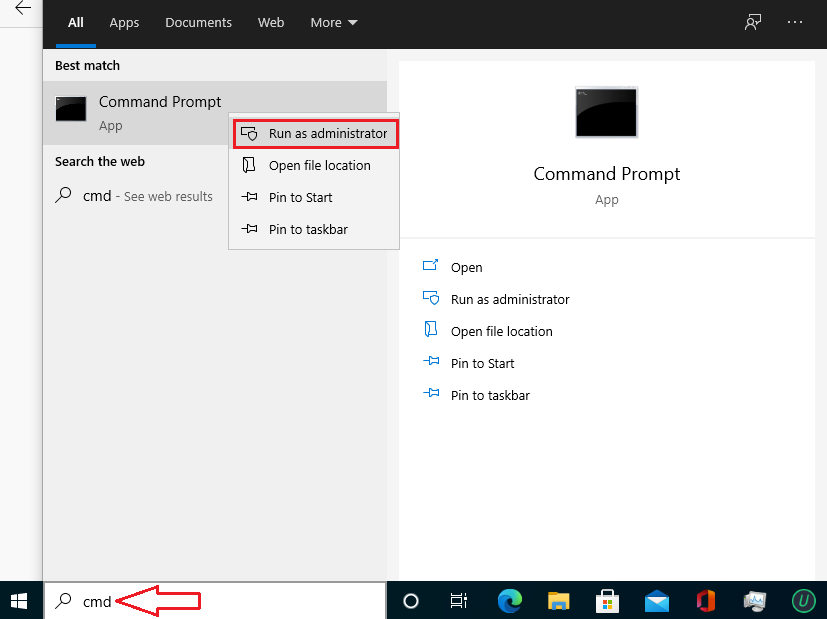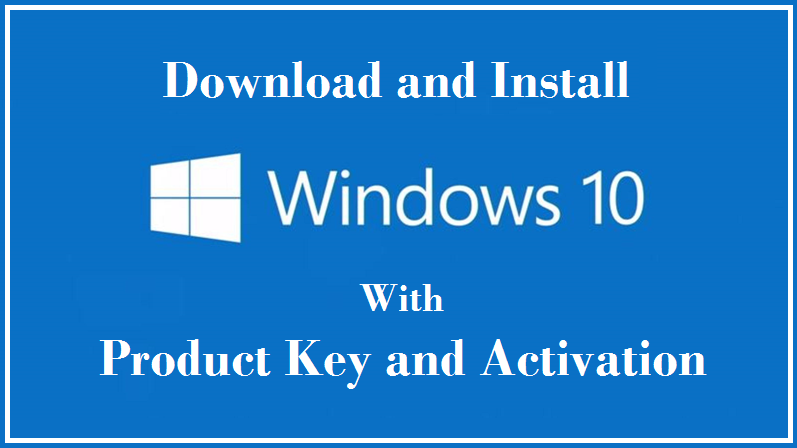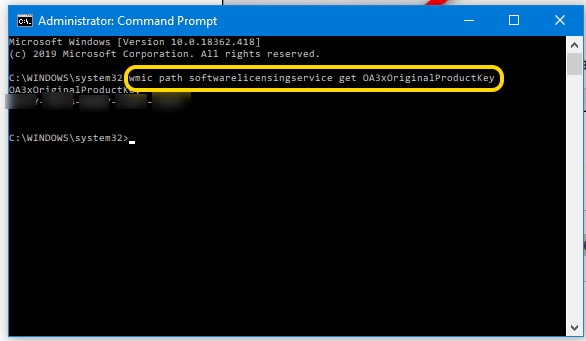


Needs to Support EPT or NPT (Second Level Address Translation)įor Core installation, a minimum Disk Space of 32 GB is required. The processor should support CMPXCHG16b, LAHF/SAHF, and PrefetchWNeeds Support for security features like NX Bit and DEP (Data Execution Prevention) Quad Core Recommended for production systems. Unless otherwise specified, these minimum system requirements apply to all installation options (Server Core, Server with Desktop Experience, and Nano Server) and both Standard and Datacenter editions.Ī minimum of 1.4 GHz 64-bit EMT64 or AMD64 processor. Actual requirements will vary based on your system configuration and the applications and features you install. If your computer has less than the "minimum" requirements, you will not be able to install this product correctly. Once you complete these steps, you'll know the type of product key that you're using on Windows 10, which will also determine if you can transfer the license to another computer.The following are estimated system requirements Windows Server 2019.
Confirm the license type with the information available in the Windows Script Host dialog. Quick tip: You can also use the same command syntax in PowerShell. 

Type the following command to determine the license type and press Enter:
Search for Command Prompt, right-click the top result, and select the Run as administrator option. To find out whether your Windows 10 license is OEM, Retail, or Volume, use these steps: How to check product key type installed on Windows 10 In this Windows 10 guide, we detail the steps required to find out if the license installed on your device is OEM, Retail, or Volume. If you're thinking of reusing the same product key on another computer, or you're just wondering the type of license installed on your device, you can use the Windows Server License Manager Script (slmgr) command tool to find out. Although you can use this license multiple times on different computers, you can't transfer it with the device when the system changes ownership, and you're not allowed to activate devices that aren't part of the organization. Usually, a Volume license allows organizations to use one master product key to activate any installation of Windows 10. A Volume license is designed for a large business, education, and government scenario.








 0 kommentar(er)
0 kommentar(er)
